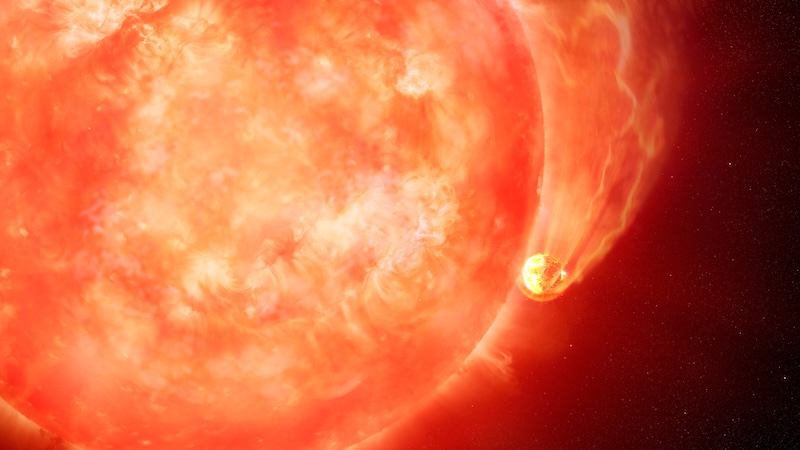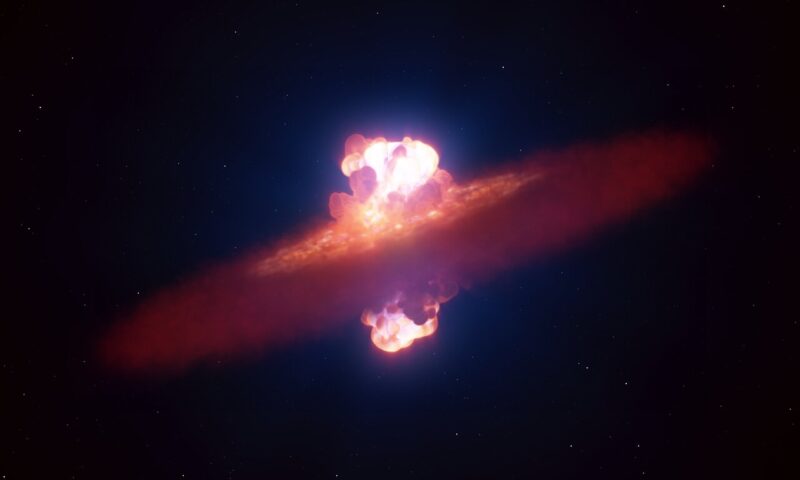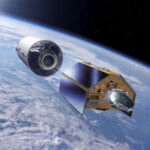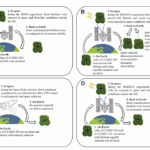Now Reading: Old Soviet spacecraft to fall to Earth in early May 2025
-
01
Old Soviet spacecraft to fall to Earth in early May 2025
Old Soviet spacecraft to fall to Earth in early May 2025
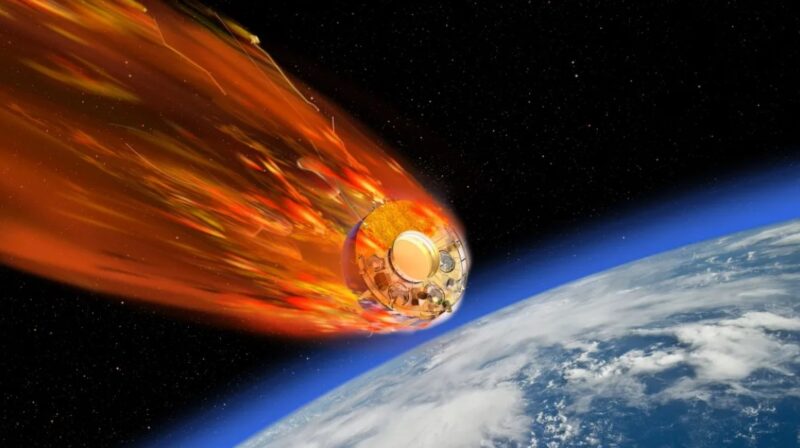

Soviet spacecraft to fall to Earth soon
An unusual object is about to re-enter Earth’s atmosphere. The heat-resistant Soviet spacecraft Kosmos 482 launched on March 31, 1972, bound for Venus. After a successful launch to a temporary orbit around Earth, a problem with a timer cut an engine burn prematurely. So the spacecraft was unable to leave our planet’s orbit. It’s been circling Earth for 53 years and will reenter the atmosphere around May 8 to 11, 2025.
As we get closer to the date and continue to monitor its orbital height, we’ll be able to estimate a more precise reentry date.
The re-entry date might be sooner or later, depending on the sun’s activity. Why? Because when the sun gets more active, our planet’s upper atmosphere gets hotter and expands. That, in turn, causes more atmospheric drag on low-orbiting objects, slowing the orbital speed and thus causing the reentry to occur sooner.
Where will it re-enter?
It’s extremely difficult to determine over which area the uncontrolled reentry will occur. But the current orbit indicates it will be anywhere between latitude 52° N and 52° S. However, our planet is mostly ocean-covered. And that means the probability that the reentry will be over water is high.
Is there any risk?
There is a small risk with the spacecraft reentry. Although the odds that it occurs over land or a populated area are small, the inconvenient detail with Kosmos 482 is that it was a probe similar to the Venera mission landers. That is, they were built to withstand acceleration and the high pressures and extreme heat of Venus. So most of the lander, even if not intact, may still reach our planet’s surface.
The 1,091-pound (495-kg) landing module is about 3.2 feet (1 meter) across. And, according to satellite expert Marco Langbroek, impact speed might be around 150 miles (242 km) per hour after atmospheric drag deceleration.

Will it be visible to the eye before reentering?
As it continues to orbit Earth, you might be able to see Kosmos 482 around dusk and dawn from some areas, just as any moving dim satellite is visible from dark skies. It may become slightly brighter as we get close to the reentry date. You can enter your observing location on Heavens-Above.com and select “Satellite Database,” then select “1972” in year of launch, press Update, select the last object in the list (Cosmos 482 Debris / 1972-023E), then select “Passes.” If there is a visible pass, select it to see where in the sky it will appear, and when.
Will the Soviet spacecraft be visible during reentry?
In the rare case that reentry occurs over your area, the object should look similar to a very bright and slow meteor, probably showing some fragmentation.
As we get closer to the reentry of this unusual orbiting object, we will keep you updated.
Bottom line: An old Soviet spacecraft that has been circling Earth for 53 years is set to finally reenter our atmosphere between May 8 and 11, 2025.
Read more: Space vehicle reentries shed exotic metal particles to Earth’s atmosphere
The post Old Soviet spacecraft to fall to Earth in early May 2025 first appeared on EarthSky.
Stay Informed With the Latest & Most Important News
Previous Post
Next Post
-
 012024 in Review: Highlights from NASA in Silicon Valley
012024 in Review: Highlights from NASA in Silicon Valley -
 02Panasonic Leica Summilux DG 15mm f/1.7 ASPH review
02Panasonic Leica Summilux DG 15mm f/1.7 ASPH review -
 03How New NASA, India Earth Satellite NISAR Will See Earth
03How New NASA, India Earth Satellite NISAR Will See Earth -
 04And Thus Begins A New Year For Life On Earth
04And Thus Begins A New Year For Life On Earth -
 05Astronomy Activation Ambassadors: A New Era
05Astronomy Activation Ambassadors: A New Era -
06SpaceX launch surge helps set new global launch record in 2024
-
 07Space Force plans new ‘Futures Command’ amid pressure to speed up modernization
07Space Force plans new ‘Futures Command’ amid pressure to speed up modernization












